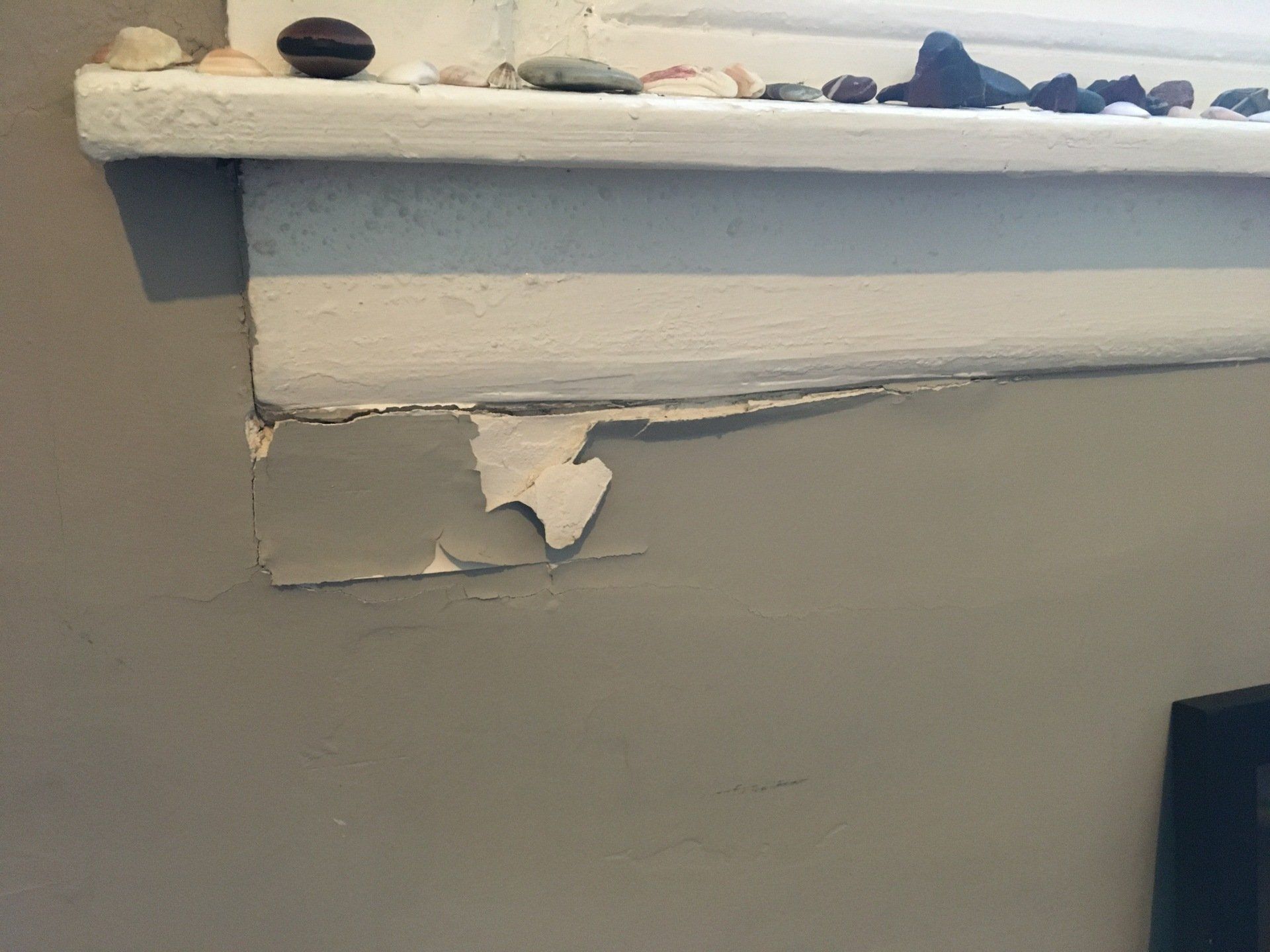DRYWALL CRACK REPAIR

Drywall Crack Repair Contractors
If you notice cracks in your drywall, you might want to take the time to make a patch. There are many methods available and you just need to know how to use them. Here are some steps to help you get started. Use an electronic stud finder to locate and mark studs in your wall. Then, you can use drywall screws to secure the panel. You can also cut a 'V' groove into the panel surface along the crack. This will give your joint compound a better base to adhere to.
The first step in making a drywall repair is to assess the damage. The Tasker will assess the damage, source the materials, and discuss the most important points with you. For instance, if the damage is significant, he or she may recommend a patch that has an adhesive or tape. These methods may leave some visible material behind. Nevertheless, they're still a good choice if you're looking for a quick, low-cost repair.
Once the compound has dried, you should tape off the area with nylon mesh or paper tape. Then, use a sanding block or scrap wood to smooth the compound over the patch. You can apply another layer of compound, sanding it smooth before applying the primer. Once the second coat has dried, you can apply another layer. After the first, you can also use a hair dryer to dry the area. You can even use a 10'' taping knife to apply another coat of compound to the drywall patch.
Another method for repairing drywall is to apply a joint compound or spackling.
Using a putty knife, you can apply compound to the crack and blend it with the surrounding wall. Then, you can sand, paint, or prime the wall. However, you should not forget that spackling may not provide a long-term solution. For large sheetrock crack repair near me, patching tape may be needed. If the cracks are too deep or too wide, you may have to install studs. A third method of repairing drywall is the use of a specialized abutment joint tape. This device is used for repairing drywall panel stress cracks and panel abutment joint separations. The adhesive-like compound adheres to the abutment joint and fills in the damaged areas. This method can be applied by almost anyone. It also enables you to apply drywall compound to the surface.
Another option for repairing drywall is to use plaster or joint compound. Both are made of gypsum and are similar in appearance. However, unlike drywall, plaster does not have a paper face. When you choose this option, you can apply the same products and finish the job with the same paint. However, plaster is not as durable as drywall, and if you choose to apply it, make sure to follow all manufacturer's instructions.


